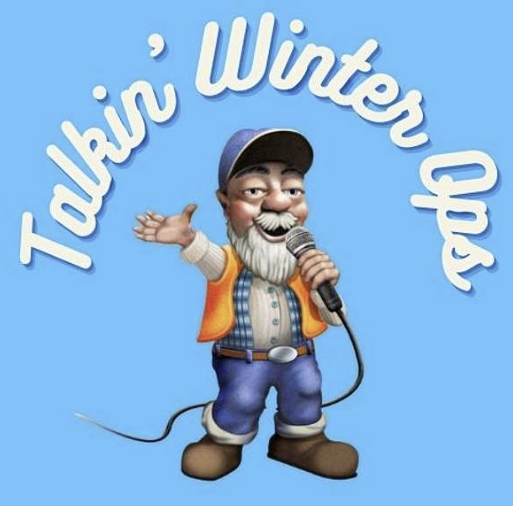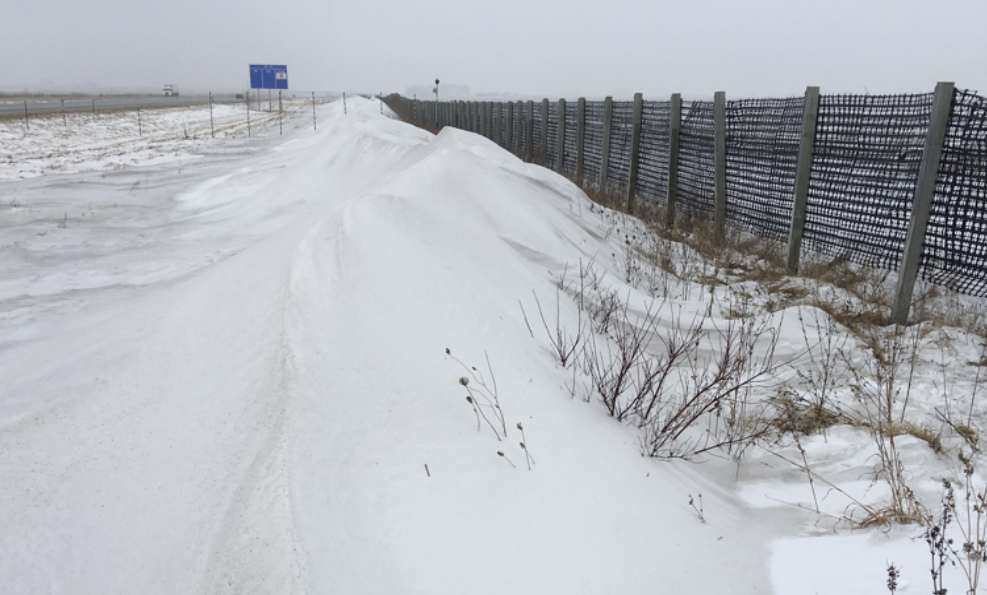
The newest episode of AASHTO’s Talkin’ Winter Ops podcast is all about Clear Roads!
- Clear Roads for clear roads (Episode 101): Iowa DOT’s Craig Bargfrede, who also serves as Clear Roads Chair, discusses the pooled fund, what makes it unique, and why it’s so valuable for members. June 2024. Podcast.
Sign up to be notified when future episodes are posted by at https://subscribe.talkinwinterops.org
Image source: AASHTO

